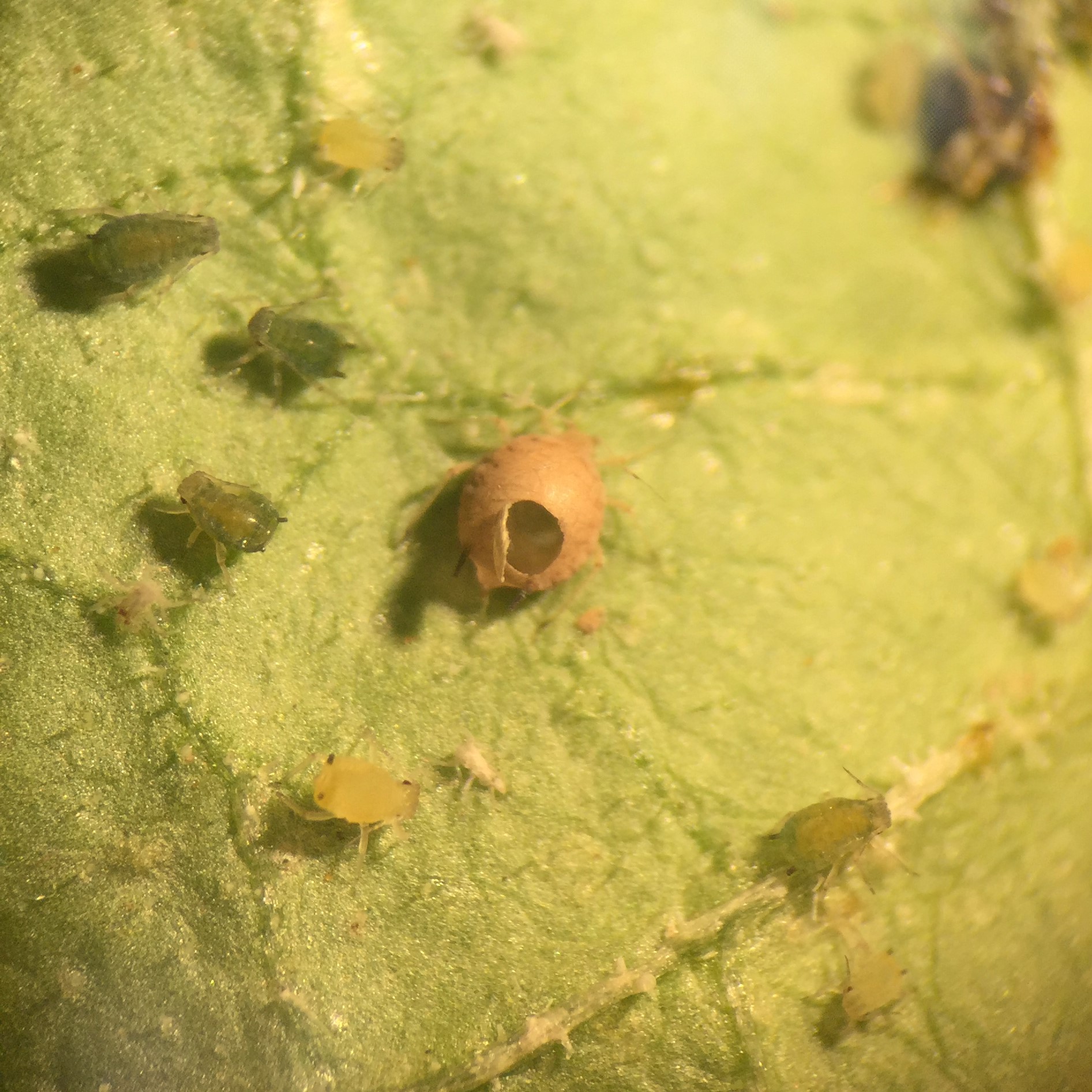The Basic Principles Of Eco Bed Bug Exterminators Dc
The Basic Principles Of Eco Bed Bug Exterminators Dc
Blog Article
6 Easy Facts About Eco Bed Bug Exterminators Dc Described
Table of ContentsThe Basic Principles Of Eco Bed Bug Exterminators Dc Some Known Facts About Eco Bed Bug Exterminators Dc.The Basic Principles Of Eco Bed Bug Exterminators Dc The Eco Bed Bug Exterminators Dc StatementsThe Greatest Guide To Eco Bed Bug Exterminators Dc
Due to the fact that pesticides are toxic, they are additionally possibly harmful to humans, animals, other microorganisms, and the setting. People who make use of chemicals or frequently come in contact with them must understand the relative poisoning, possible wellness impacts, and preventative steps to lower exposure to the items they make use of. Hazard, or danger, of using pesticides is the capacity for injury, or the degree of danger involved in making use of a pesticide under a provided set of conditions.
Applicators can minimize or almost get rid of exposure-- and hence minimize risk-- by following the tag instructions, making use of personal safety clothing and devices (PPE), and taking care of the pesticide appropriately. More than 95 percent of all pesticide direct exposures come from dermal exposure, primarily to the hands and forearms. By putting on a set of unlined, chemical-resistant handwear covers, this sort of direct exposure can be almost removed.
The harmful effects that occur from a solitary exposure by any route of access are labelled "acute impacts." The 4 paths of exposure are facial (skin), breathing (lungs), dental (mouth), and the eyes. Intense toxicity is established by checking out the facial toxicity, inhalation poisoning, and oral poisoning of examination pets.
Excitement About Eco Bed Bug Exterminators Dc
Intense poisoning is measured as the amount or concentration of a toxicant-- the a.i.-- required to kill 50 percent of the pets in an examination populace. This measure is usually shared as the LD50 (lethal dosage 50) or the LC50 (dangerous concentration 50). In addition, the LD50 and LC50 values are based on a single dosage and are tape-recorded in milligrams of pesticide per kg of body weight (mg/kg) of the guinea pig or in components per million (ppm).
The reduced the LD50 or LC50 value of a chemical item, the greater its toxicity to humans and animals. Pesticides with a high LD50 are the least hazardous to human beings if made use of according to the instructions on the item label. The chronic toxicity of a chemical is figured out by subjecting guinea pig to long-lasting exposure to the energetic component.
The chronic toxicity of a pesticide is harder than acute toxicity to identify via lab evaluation. Products are categorized on the basis of their loved one severe toxicity (their LD50 or LC50 worths). Pesticides that are identified as highly toxic (Toxicity Group I) on the basis of either oral, dermal, or inhalation poisoning need to have the signal words threat and poisonous substance published in red with a skull and crossbones symbol plainly displayed on the front panel of the bundle label.
The severe (solitary dosage) dental LD50 for chemical products in this group varies from a trace total up to 50 mg/kg. For instance, exposure of a few decreases of a material taken by mouth could be fatal to a 150-pound individual. Some chemical products have just the signal word DANGER, which tells you nothing about the severe toxicity, simply that the product can create severe eye damages or extreme skin irritation
Facts About Eco Bed Bug Exterminators Dc Uncovered
In this classification, the acute dental LD50 ranges from 50 to 500 mg/kg. A teaspoon to an ounce of this material can be fatal to a 150-pound individual (bed bug spray). Chemical items classified as either a little toxic or reasonably nontoxic (Toxicity Groups III and IV) are called for to have the signal word CAUTION on the chemical tag

All pesticide toxicity chemical, including the Consisting of, can be found on located product's Item Safety Product Security (MSDS). Chemical labels and MSDS can be acquired from merchants or produces - https://slides.com/ecobedbug3xt. The signs and symptoms of pesticide poisoning can range from a moderate skin inflammation to coma or also death.
Individuals likewise vary in their level of sensitivity to various degrees of these chemicals. Some people may reveal no response to an exposure that might cause extreme health problem in others (bed bug spray). As a result of prospective health and wellness problems, chemical individuals and trainers must acknowledge the usual indicators and signs and symptoms of chemical poisoning. The impacts, or signs, of pesticide poisoning can be broadly specified as either topical or systemic.
Things about Eco Bed Bug Exterminators Dc
Dermatitis, or inflammation of the skin, is accepted as the most frequently reported topical effect connected with pesticide exposure. Some people tend to cough, hiss, or sneeze when exposed to pesticide sprays.
This sign generally subsides within a couple of minutes after a person is removed from the direct exposure to the irritant. A response to a pesticide product that causes someone not just to sneeze and cough however also to establish extreme acute respiratory system signs is extra most likely to be a true hypersensitivity or sensitive reaction.
Systemic impacts are fairly different from topical effects. They frequently happen away from the original point of contact as a result of the pesticide being taken in into and dispersed throughout the body. Systemic impacts typically consist of nausea, throwing up, fatigue, frustration, and digestive conditions. In sophisticated poisoning situations, the person might experience changes in heart rate, trouble breathing, convulsions, and coma, which can lead to fatality.
Report this page